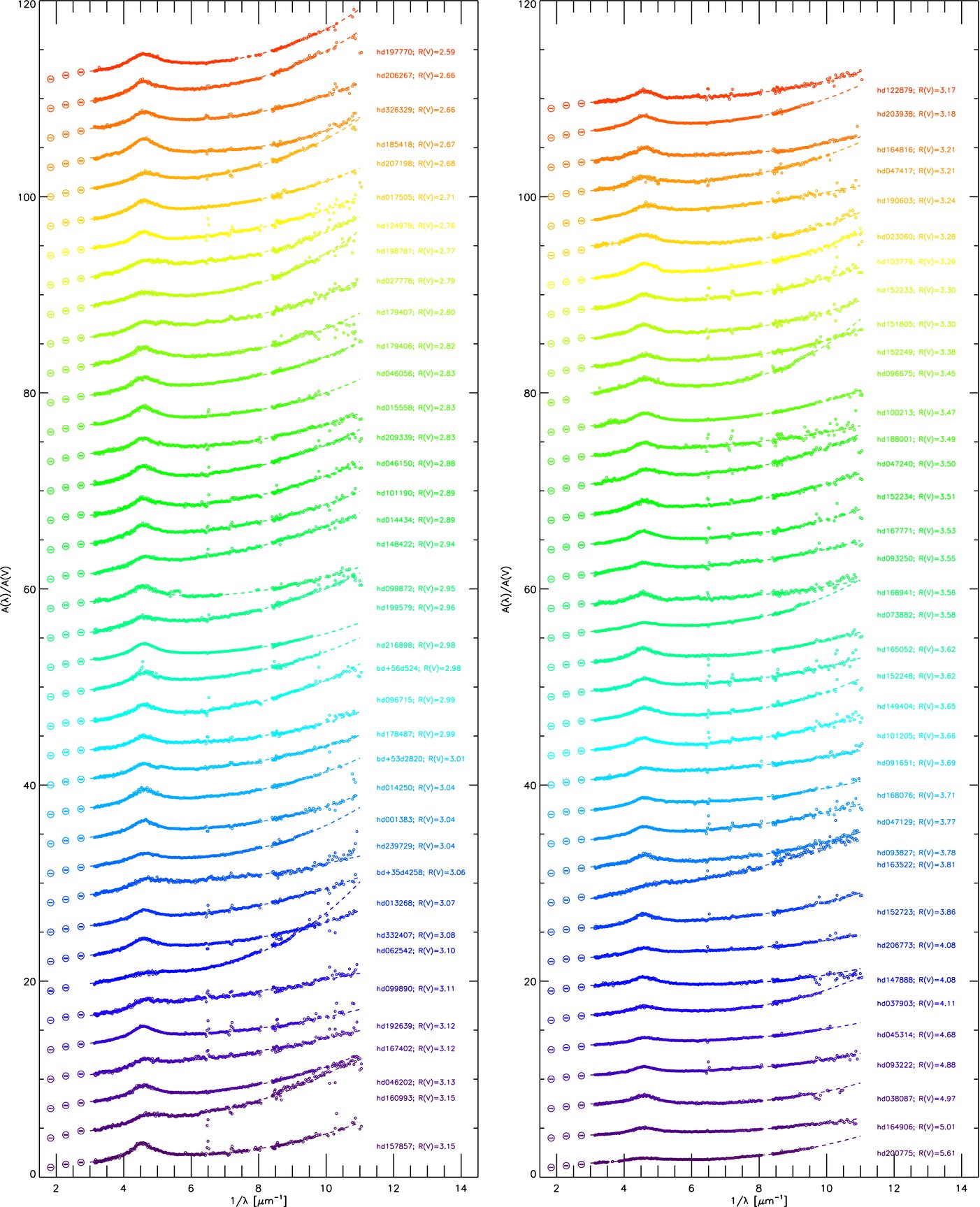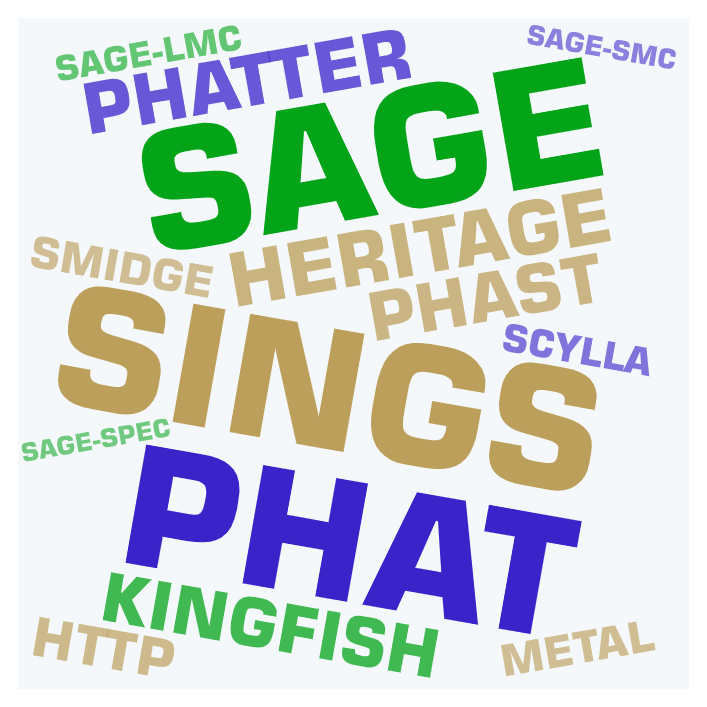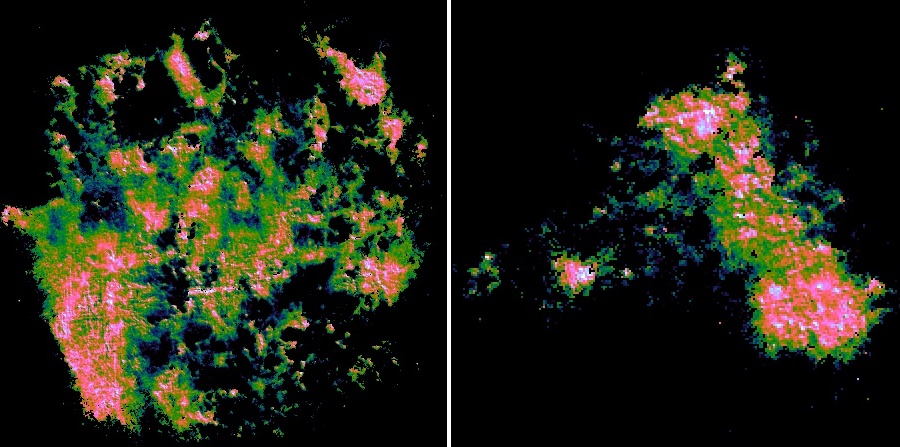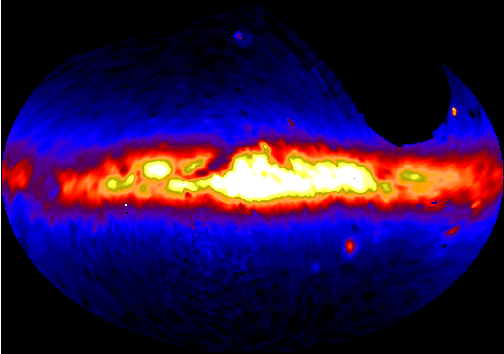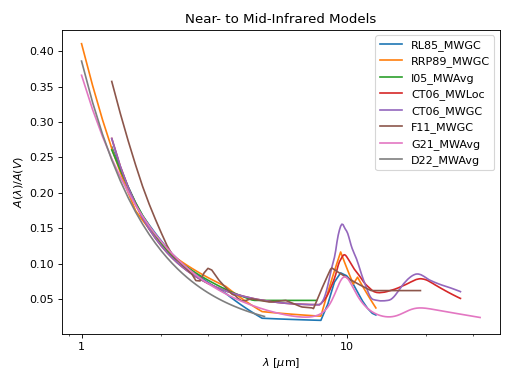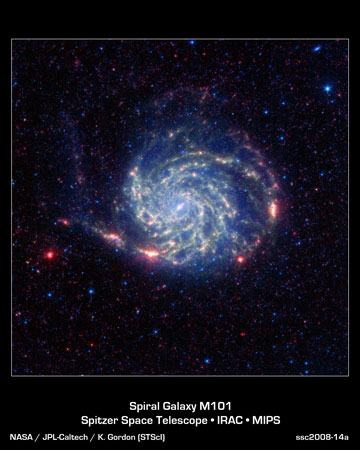Dust Extinction
One of the primary observational constraints on dust grain properties is extinction. Extinction is the combined impact of dust grains absorbing photons or scattering out them of the line-of-sight. My work in this area focuses on measuring ultraviolet through infrared dust extinction curves towards stars in the Milky Way, the Magellanic Clouds, and other Local Group galaxies. These observations stongly contrain dust grain sizes and compositions.

